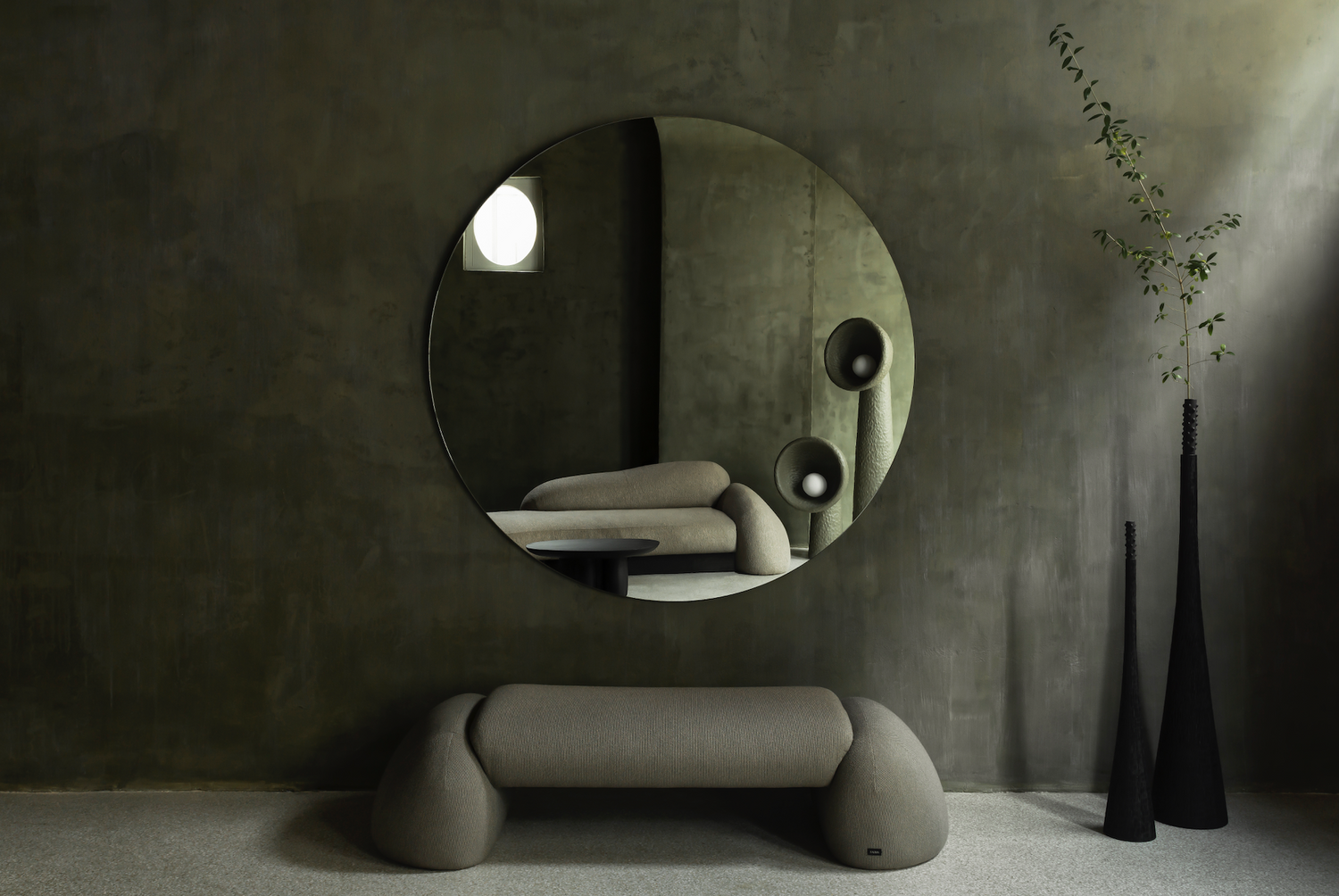ZEMLYA tapestry

Collectible Design
ZEMLYA tapestry
Collectible design is becoming increasingly popular as people seek to blend functionality with artistic expression in their living spaces. Often referred to as "functional art," collectible design pieces are unique items that blur the line between art and utility. These objects are not just decor; they serve a purpose while also making a bold aesthetic statement.
The essence of collectible design lies in its individuality. Each piece is crafted with a high degree of personal expression, often by designers who are as much artists as they are craftsmen. This uniqueness makes them desirable for those looking to infuse their interiors with objects that are not only useful but also resonate with artistic significance.
Collectible Design Products

PLYN shallow vase

ZTISTA bench

PLYN candlestick

HRYB low coffee table

MAKOSH tapestry

PLYN Duo small vase

PLYN narrow vase

PLYN wide vase

BANDURA SET VASE

Dovhovukh sculpture

MOVCHUN ARMCHAIR

MOVCHUN CHAIR

MOVCHUN Coffee Table

PAMPUKH bed

PAMPUKH bench

PAMPUKH sofa

PLYN small sofa
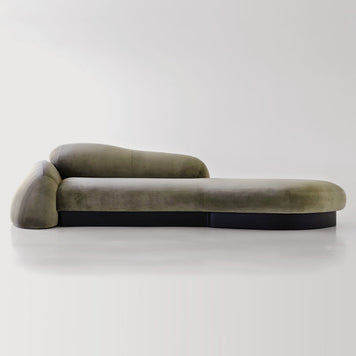
PLYN sofa

SONIAH big floor lamp

SONIAH big sconce

SONIAH bench

SONIAH coffee table long

SONIAH coffee table oval

SONIAH coffee table tall
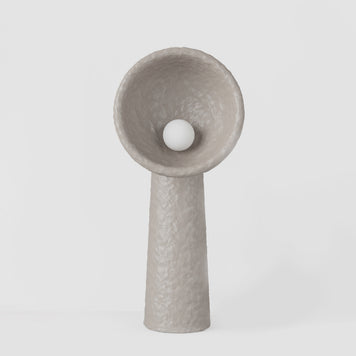
SONIAH medium floor lamp

SONIAH medium sconce

SONIAH pendant lamp

SONIAH small floor lamp

SONIAH small sconce
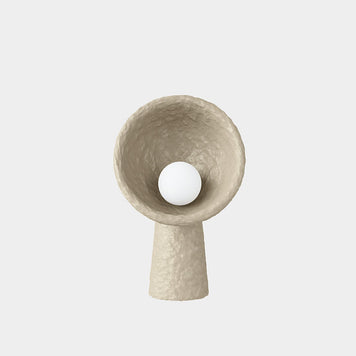
SONIAH table lamp

Sontsehryv sculpture

Tiara vase Big

Tiara vase Medium

Tiara vase Small

TOPTUN armchair
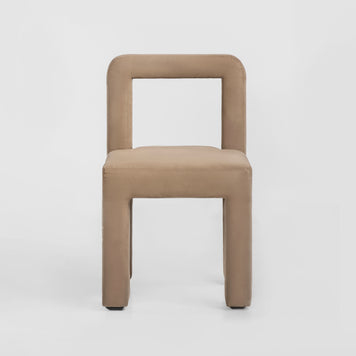
TOPTUN chair

TREE OF LIFE tapestry

VOLYKY BENCHES

ZTISTA chair

ZTISTA oval table

ZTISTA oval table leg

ZTISTA table 2 legs
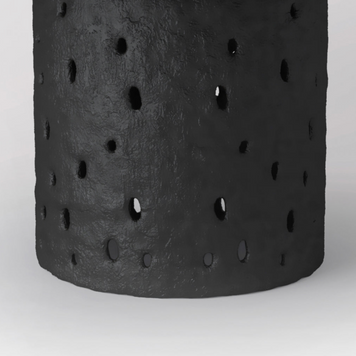
ZTISTA table leg

ZTISTA table

SLUHACH FLOOR LAMP

CENTER OF THE WORLD tapestry

SLUHACH PENDANT LAMP DESIRE

SLUHACH BIG FLOOR LAMP
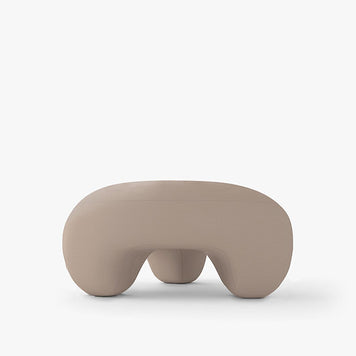
DOMNA ottoman

DOMNA armchair

SLUHACH PENDANT LAMP DREAM
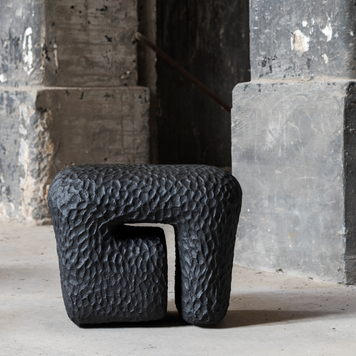
DUZHYI stool big

DUZHYI stool duzhyi-duzhyi

DUZHYI stool medium
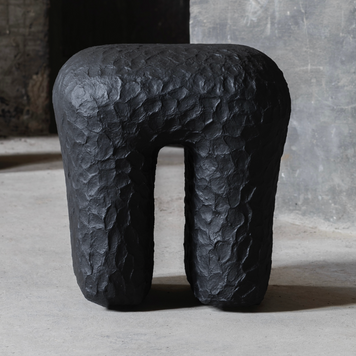
DUZHYI stool small

SLUHACH PENDANT LAMP IDEA

KOROTUN big coffee table

KUMANEC long neck vase

KUMANEC one-legged vase

KUMANEC set of vases

KUMANEC three-legged vase

KUMANEC triple vase

KUMANEC two-legged vase

Neboshyj sculpture

Neboshyi land of light

PECHYVO cabinet

PIVNICH floor lamp

PLYN armchair

PLYN bed

PLYN bench

Shvydkonih sculpture

Sontsehryv land of light

STRIKHA pendant lamp

STRIKHA table lamp

TREMBITA floor decor

Dovhovukh land of light

ZTISTA nightstand

ZEMLIA TAPESTRY

PLYN sofa XS

TUMAN Sofa

TUMAN Rocking Chair

TUMAN Lounge Сhair

Steel Panel Sofia

Steel Panel Frosyna

Steel Panel Ksenia

Steel Panel Vira

Steel Panel Paraska

Steel Panel Stepanyda

Steel Panel Olena

Steel Panel Yavdoha
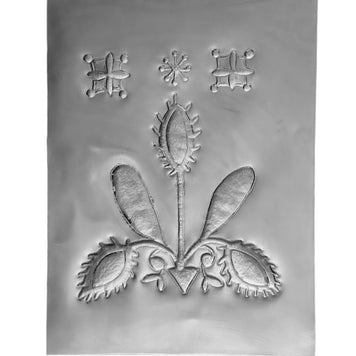
Steel Panel Nadia

Steel Panel Olha

Steel Panel Solomia

Steel Panel Yaryna

Steel Panel Hanna

Steel Panel Mavka

Steel Panel Katria

Steel Panel Ahafia

Steel Panel Maria


